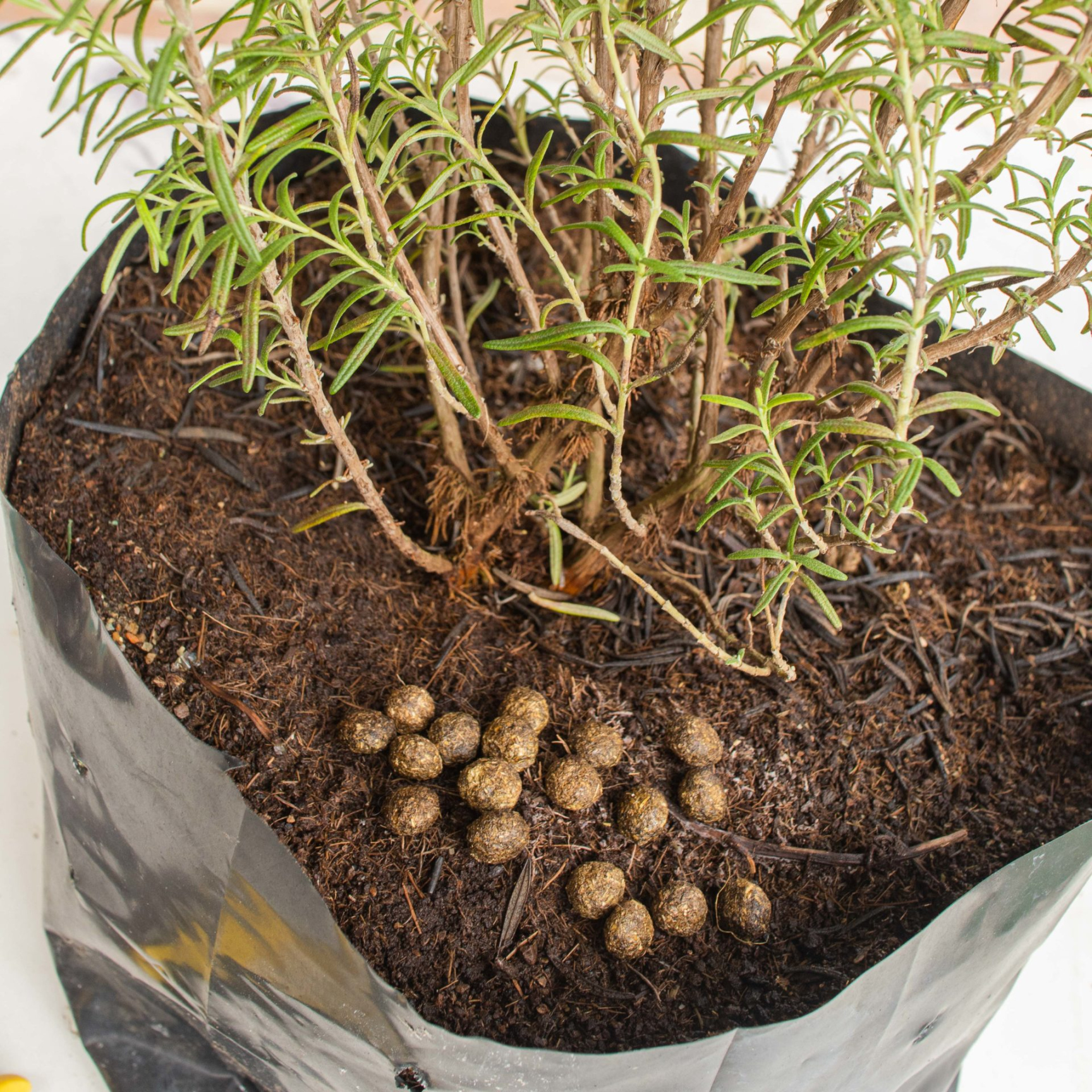How to Make Rabbit Poop Fertilizer
Rabbit poop is a fantastic natural fertilizer that can provide essential nutrients to your plants and help them grow strong and healthy. Unlike chemical fertilizers, rabbit poop is organic and safe for both the environment and your garden. Here is a step-by-step guide on how to make rabbit poop fertilizer and utilize its benefits in your garden.

Step 1: Collecting Rabbit Poop
The first step in making rabbit poop fertilizer is collecting the droppings. If you own rabbits, this is an easy task. Simply place a tray or litter box under their cages to collect the poop. Rabbits tend to poop in one area, so it should be relatively easy to gather them.
If you don’t own rabbits, you can still obtain rabbit poop by contacting local rabbit breeders or farmers. Many are willing to give away or sell their rabbit droppings at a reasonable price. Make sure the droppings are fresh and free from any bedding materials or other contaminants.
Step 2: Composting Rabbit Poop
Composting the rabbit poop is important to break it down into an easily usable form for your plants. Follow these steps to compost the droppings:
- Mix the rabbit poop with other organic materials such as leaves, straw, or grass clippings. This helps balance the carbon-to-nitrogen ratio, allowing for proper decomposition.
- Ensure the compost pile is well-aerated to promote the growth of beneficial bacteria and fungi. Turn the pile regularly to speed up the decomposition process.
- Keep the compost pile moist but not soaked. Too much water can lead to unpleasant odors and slow down decomposition.
- Monitor the temperature of the compost pile. Ideally, it should reach temperatures between 130-150°F (55-65°C) to kill any potential pathogens and weed seeds.
- Allow the compost to mature for at least 6-12 months. During this time, the compost will transform into dark, crumbly material that is rich in nutrients.
Step 3: Applying Rabbit Poop Fertilizer
Once your composted rabbit poop is ready, it’s time to apply it to your garden. Here are some tips for effective application:
- Spread a layer of composted rabbit poop around the base of your plants, avoiding direct contact with the stems.
- Gently rake or hoe the compost into the top layer of soil to ensure even distribution.
- Water the area thoroughly after application to help the nutrients penetrate the soil.
- Reapply the fertilizer every 4-6 weeks during the growing season for optimal results.
Remember, it’s always a good idea to wear gloves and wash your hands thoroughly after handling any type of fertilizer, including rabbit poop.
Frequently Asked Questions (FAQs)
1. Is rabbit poop fertilizer safe for all plants?
Yes, rabbit poop fertilizer is safe for most plants including vegetables, fruits, flowers, and shrubs. However, it is always advisable to dilute the compost before applying it to delicate plants or seedlings.
2. Can I use fresh rabbit droppings directly on my plants?
No, fresh rabbit droppings can be too strong for plants and may burn them due to their high nitrogen content. Composting is essential to break down the droppings and make the nutrients more readily available to the plants.
3. How long does it take to compost rabbit poop?
On average, it takes around 6-12 months for rabbit poop to fully compost. However, the process can be expedited by regularly turning the compost pile and maintaining optimal conditions (moisture, aeration, and temperature).
4. Can I use rabbit poop fertilizer indoors?
Yes, rabbit poop fertilizer can be used indoors for potted plants. Ensure the compost is fully matured before using it, and avoid over-fertilizing the plants, as it can lead to nutrient imbalances.
By following these simple steps, you can turn rabbit poop into a valuable fertilizer that can significantly enhance the growth and health of your plants. Embrace this organic and sustainable approach to gardening and enjoy the benefits of rabbit poop fertilizer in your garden!
Related Articles…
Copyright Notice:
All images featured on this site are sourced from the internet, copyrights belong to respective owners. Should you own any image and require it to be removed, please contact us.